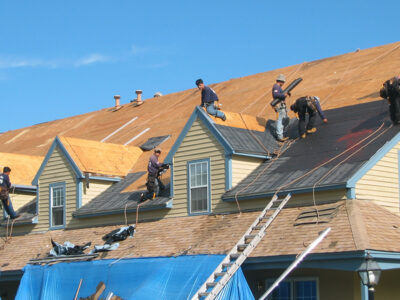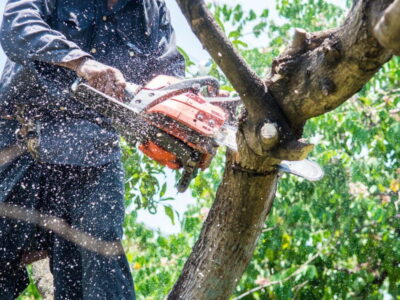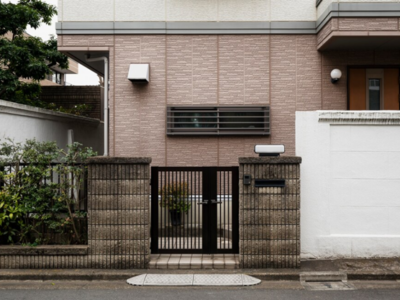Do you want to make your garden or home look more vibrant and cheerful? Plants are the perfect solution. However, if you’re not an experienced gardener, you might want to choose wisely and pick some plants that don’t require a lot of maintenance. We are here to give you some of the best options.
Stonecrop
This is a cute perennial plant that is also easy to maintain. It reaches 10-12″ in tall in full bloom, so it’s not too big and it’s perfect for busy people who can’t spend a lot of time gardening. You can combine it with taller roses or evergreens. It loves the sun and drier soil and you don’t even need some extra fertilizer. This plant is for those of you who tend to forget to water your plants. If you give too much water, it will not grow well.
Hosta
Hostas like shade and if your backyard has it is a good option for you. This plant is good for the variety of sizes it has. The medium-sized one typically grows 11-18″ tall and matures to 28-30″ across. You can use hosta to make a foundation bed for some annual flowers and have a very pretty combination that won’t be too difficult to maintain. Begonias are a good choice to combine with hostas.
Juniper
This native variety of our common juniper is among the hardest and easiest-to-care-for evergreens you’ll come across. Its numerous varieties make it a flexible plant for landscaping.
The juniper shrub is an evergreen with one-inch-long, needle-like leaves. Although they may be grown in a variety of soil types and are simple to manage, junipers prefer sandy, well-drained soil with sufficient air circulation. Junipers can reach heights of up to 20 feet and widths of up to 10 feet when grown under the right conditions.
Each juniper plant grows to a height of two feet and a width of three to four feet, making them ideal for bulk planting in areas that require no upkeep. It is resistant to deer and rabbits and can easily endure extreme cold, drought, all-day sun to part-shade, black walnut trees, and air pollution.
Panicle Hydrangea
A panicle hydrangea is among the simpler varieties of hydrangea you can grow close to the base of your house. Because of the wide variation in their sizes, be careful to select the one that fits you the best. The only specific soil that is needed for panicle hydrangeas to grow in well-drained soil. They can receive the same amount of water as the other shrubs in your landscaping and dislike moist soil. In the North, pick a location with full sun to part sun, while in the South, avoid the afternoon sun. Panicle hydrangeas produce consistent flowering every year since they bloom on new wood.
Switchgrass
Although they might not be the first plant that comes to mind when considering foundation plantings, ornamental grasses are a highly sensible option. Switchgrass is a tough native plant that can survive wind, storms, drought, as well as brief periods of flooding. It also does well in hot, direct sunlight. It can be safely planted next to salted paths and driveways because it is salt tolerant.
There shouldn’t be any other upkeep required to maintain it standing tall all season, besides pruning it down to the ground each spring.
Roses
This traditional bush comes in a wide range of sizes and shapes and it’s one of the most loved plants in the world. Roses and subtle and gentle. They will need some proper watering, which is why you should have a garden hose at hand.
They come in a wide range of colors, including pink, red, yellow, orange, and even various shades of white, blue, and purple. Simply select your preferred colors. The heights of roses vary as well. You can find them in bigger shrub and climber varieties that can reach heights of 8–20 feet, or in dwarf varieties that only grow to 1-3 feet.
Boxwood
The boxwood is one of the most popular foundation shrubs since it can be easily shaped with basic hedge trimmers.
These evergreen shrubs grow to a height of 6 to 8 feet and thrive in light conditions. Most people use them as the foundation or backdrop for their landscaping and surround them with other vibrant varieties.
Dwarf lilac
The dwarf lilac is a great method to decorate the front of your property or line your sidewalks.
This shrub, which grows to a height of 4 to 6 feet, may be easily pruned into beautiful spherical forms and is small enough to create the ideal foundation plant.
Another benefit is the pleasant smell, which is in addition to the vibrantly colored blossoms that can cheer up everyone.
Here you have the 8 easy to maintain foundation plants. One of them might be a perfect solution for you. Make sure you have some tools around, such as a good gardening hose and you are ready to do some easy gardening.












Comments